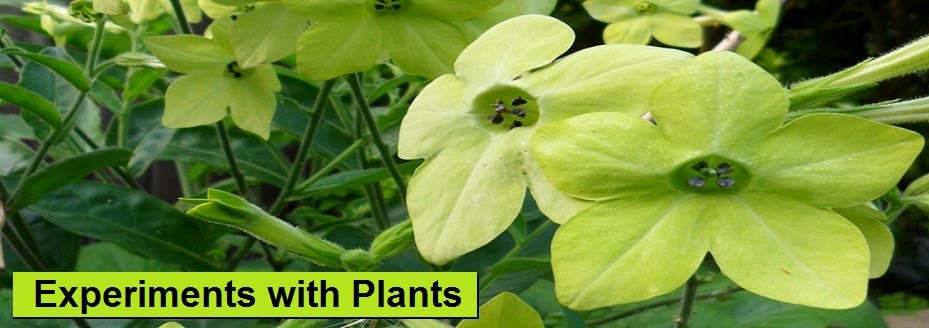At least I can relate to :
“Katherine : If I be waspish, best beware my sting”
It’s very complex, consisting of a plot within a plot and
people disguising themselves as other people for no apparent reason. From what
I can gather after reading the students’ notes, the morals of the story are : (1)
a beautiful wife is not necessarily obedient, (2) a stroppy wife can be worn
down eventually by an overly-attentive husband and (3) a good father makes sure
that his older daughter is married off before the younger one.
This is my simplified interpretation of the same title …
A couple of years ago, I decided that I couldn’t tolerate the
anemones creeping into the patio. The sights of them proliferating in neglected
gardens made them seem rather common and the foliage appeared coarse, though
admittedly it’s mostly the pink variety that I’ve seen growing wild.
This year the anemones are back, though restrained compared
to before, and I’m so grateful. I see them in a different light this time around
: the buds pointing out at all angles, the dense, milky white sepals which last
for weeks, the spheres of inflorescence at the centre which turn into
delicate cotton wool balls speckled with seeds.
Now that I’ve learnt how to tame them, I can’t imagine my garden without anemones - the way they brighten up a dark corner and bob about in the wind.
While I was researching this member of the ranunculus family,
I found others which don’t seem to have much in common except that they too
have coloured, sepals rather than petals, they produce an acrid substance
called ranunculin and they thrive in my woodland garden :
Anemones hupehensis (photographed in this post)
Anemones blandaAqueligias
Clematis
Creeping Buttercups
Creeping Buttercups
Hellebores
Beautiful delphiniums are
also in the same family, but so far they have eluded me. I’ve never seen a
delphinium seed germinate obediently and so my vision of the woodland garden
filled with their blues and purples is yet to be realised. Discovering that they
could potentially be as spirited as their relatives has spurred me on to try
harder, even if it means trying to germinate them indoors over winter. Who
knows? .. by next year I could be pulling those out too even though I love
them.
Today I'm linking up to Dozen for Diana :
http://eefalsebay.blogspot.co.uk/2013/08/beach-salvia-against-bleak-midwinter.html
©Copyright 2013 b-a-g. All rights reserved. Content created by b-a-g for http://experiments-with-plants.blogspot.com/2013/09/anemones-17-sep-2013.html















